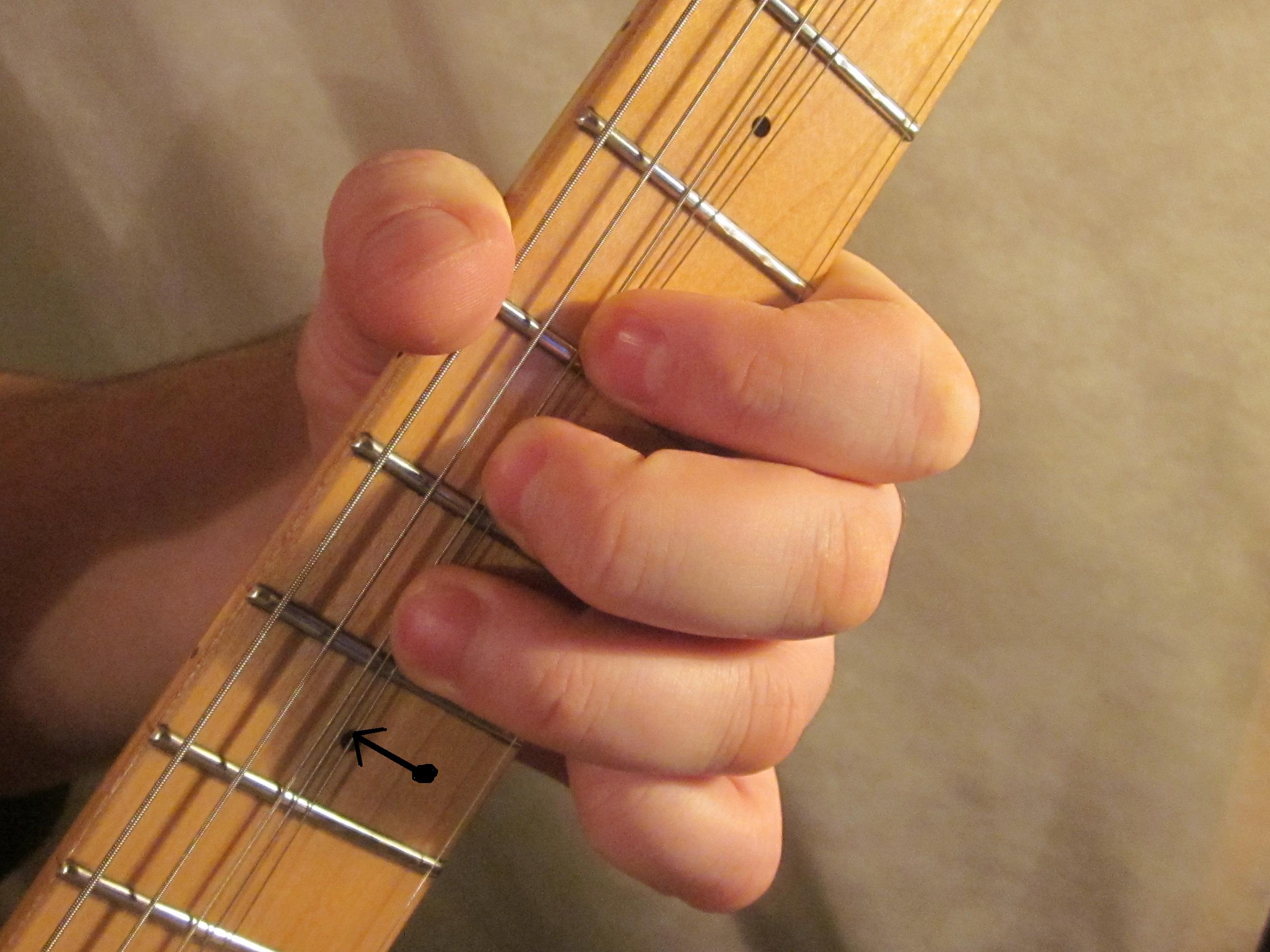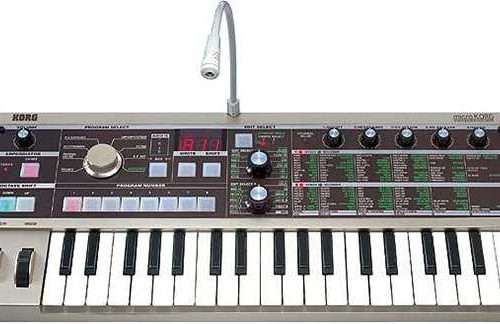
How to play the blues. Basics of Blues Improvisation
Contents
Blues is a very diverse and interesting genre of music. Two compositions can be very different from each other – and you won’t think that they are the same direction. It is performed by street musicians and world-famous stars such as Gary Moore. In this article we will look at how to play blues on guitar.
Fingers or slide?
A slide is a special tube of metal, glass or ceramic that fits over your finger and is used to pinch the strings. When the string comes into contact not with the soft pad of the finger, but with a metal surface, the sound of the guitar changes beyond recognition. Since the very beginning of the genre, blues and slide have gone hand in hand.
But there are no strict canons here. If you like to play with your hands, please. If you want bright vibrato and authentic sound, try slide. You don’t even have to buy it – take a glass bottle or, for example, a folding knife. This will be enough to understand whether you like this sound or not.
A professional slide won’t sound any better than a bottle. The difference is that you don’t have to hold it with your whole hand. The tube is put on only one finger, and the rest will be free. Thus, guitarists can combine slide playing techniques with classical ones.
- reinforced Western or jumbo hull;
- wide neck;
- metal strings placed in pairs – thick with winding and thin without winding. The strings are tuned in unison, however, starting from the third pair, the thin string is always tuned an octave higher.
Where to buy a 12 string guitar?
An inexpensive twelve-string guitar is a great temptation
Preparing to play
This section of the manual is for those who want to learn to play the blues on an electric guitar. In the case of acoustics, no preparation is needed – just take it and play. But here it is possible to tweak the equalizer or add a couple of pedals to the chain, getting the desired sound.
First and most important: forget about distortion. Bluesmen use either a clean or slightly loaded sound, that is, a slight overdrive. A high level of gain will produce a lot of disgusting noise and will greatly increase the grinding sound on the braid of the strings. It also compresses the flow, cutting off all the dynamics of the blues sound.
There are dedicated blues pedals, such as the Boss Blues Driver. If you can’t find one, use regular overdrive. It’s important not to overdo it here. In some compositions the Wah-Wah effect will work well. But at the learning stage it is better not to touch it.
Second tip: don’t turn up any frequencies too much in the equalizer. Instead of raising the middle, it is better lower the bass and treble levels. This simple trick will give you a more pleasant and natural sound.
Blues pentatonic scale
The most interesting thing about the blues is improvisation. Without it, you can’t compose your own melody, nor can you embellish someone else’s. And to improvise, you need to know what notes you have at your disposal.
The blues scale is based on minor pentatonic scale. Between the 3rd and 4th degrees another note is added. It is she who helps create that very characteristic sound. Over decades of trial and error, bluesmen have discovered the 5 most comfortable positions (boxing) for Game.
The red dot is tonic, the main note from which the melody is built. Blue is that extra sound. Choose any fret on the guitar and try to play all the notes in each position one by one. Even without additional techniques, you will immediately feel this special character of the melodies.
If you constantly think about what to clamp, there will be no question of any improvisation.
Building a melody
Once you get used to the pentatonic fingerings, you can start improvising. First, try playing the same scale, but with different rhythmic patterns. Combine eighth and quadruple notes. Change direction, “jump” through 1-2 steps of the scale, take pauses. After a while, your hands will remember which technique sounds good and which one sounds so-so.

Try playing in different positions. Nobody forbids changing them during the game. The riffs will sound slightly different in different boxes. Experiment more and get a lot of interesting melodies into your collection.
Bend, slide and vibrato
Not a single blues composition can do without these three techniques. They are the ones who enliven the melody, making it bright and unique.
Slide – the simplest method. It sounds especially impressive when playing with a slide (such a terminological tautology). Actually, the whole playing technique comes down to the fact that you never take the tube off the strings, but move it along their surface. There is always sound, even when changing the position of the hand.
If you play with your fingers, the essence remains the same. For example, you pinch the string at the 5th fret, make a sound, and then move down to the 7th fret. There is no need to let go of your finger. Speed depends on the context: sometimes you need to move quickly, sometimes you need to move smoothly.
The next important technique in blues is band. This is a change in pitch without changing the fret. You press the string down and then guide it along the fret. It tightens and sounds higher. Usually bends are pulled by a tone or semitone. It’s not difficult to make. The difficult thing is to learn how to tighten the strings so that the resulting sound belongs to your scale.

This is a very important point. If you bend by only a quarter tone, it will not fit into the melody and will cause dissonance. If you tighten the string by a semitone, but get a note that is not included in your pentatonic scale, there will be dissonance again.
Another universal technique – selected. When you play a long note (for example, the 4th among an array of 8s), it can be given a special color and attract attention. If you know how to bend, mastering vibrato will be easy. Simply increase and decrease the tension to get the characteristic shake. You can change the pitch just a little, or you can achieve an amplitude of 2 tones. What and when sounds better can only be understood by experimenting.
This little material will help you get started. And then it’s just a matter of practice. Listen to different performers, watch street musicians play, try to compose your own melodies, add chords to the composition, actively use bends and slides. The best way to learn to play the blues is to play them.
Article sponsor.
Where and how to buy high-quality 12 string guitars? Find out more here



